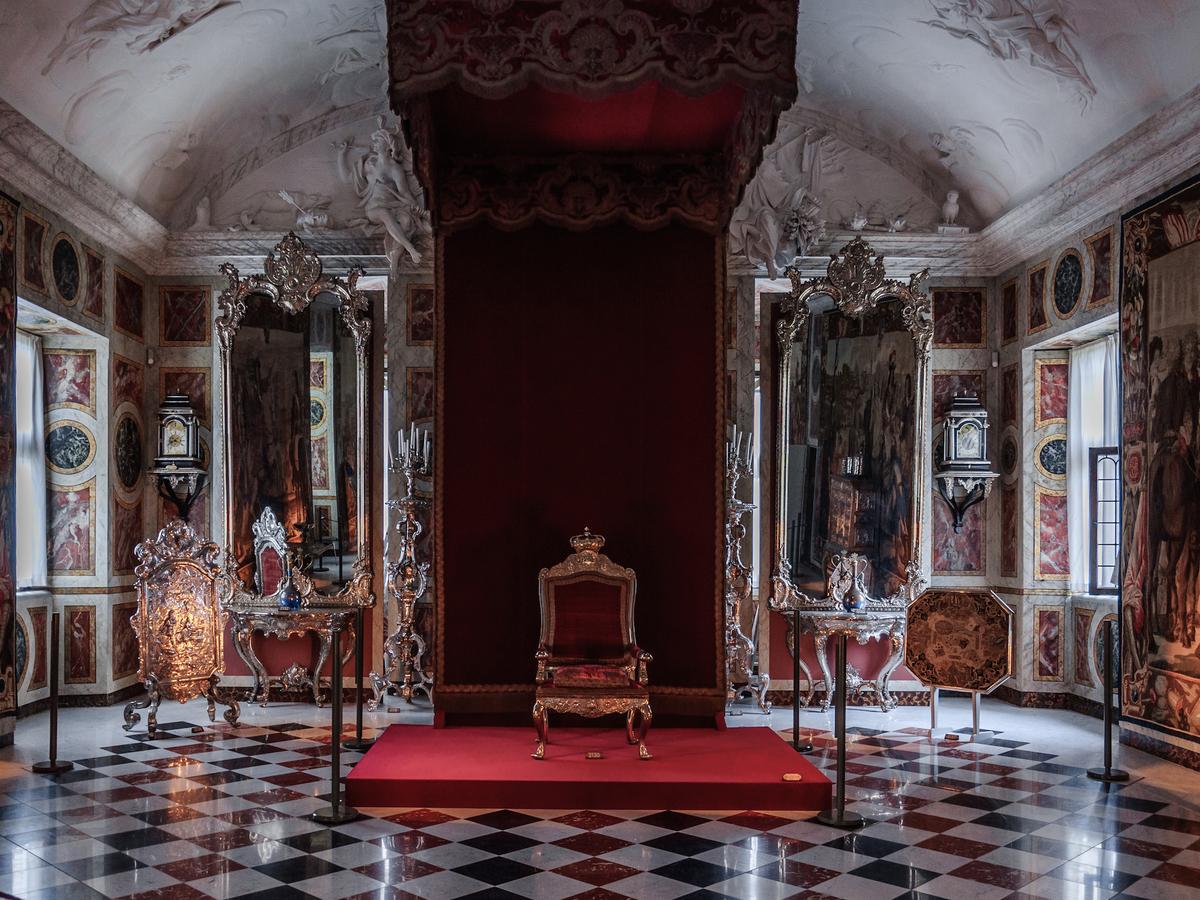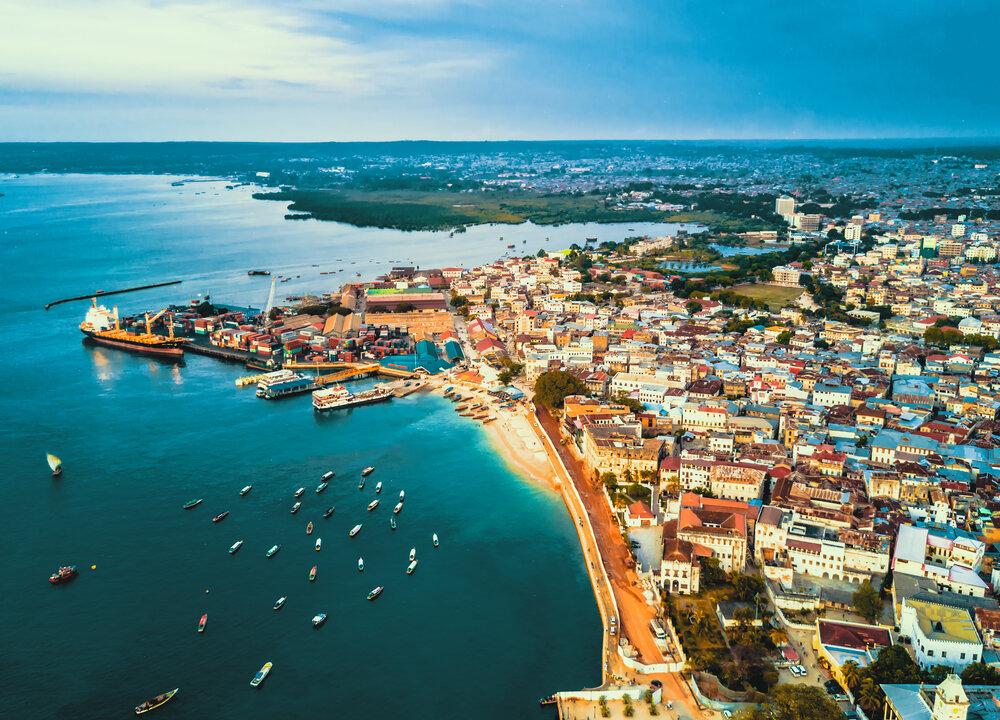Copenhagen reached out to us with the austere nostalgia of a Hammershoi painting. Its somber interiors, fitted with just the bare necessities of contemporary living, faded outside under the murky skies as we trooped on, facing a brutal September wind, stopping here and there to look at all the things that caught our eyes through the frames of vintage windows darkened by the rain. But it took us a moment to see and understand the incredibly and positively fascinating Copenhagen.
The Danish capital always ranks high in surveys of the world’s best cities, and there’s no shortage of things to see and do. It’s big enough to have world-class museums, restaurants, and attractions; and small enough to make them easily accessible. Its unerring ability to blend quaint and cool is always as surprising as it is convenient. One minute you’re in Indre By or Christianshavn, strolling along a cobbled street with roses and hollyhocks growing out of the pavement; the next, you’re hanging with the hipsters among the indie boutiques and bars of Vesterbro and Norrebro.
In summer, you can hit the beaches and harbor pools; in winter, you can wander festive streets strung with fairy lights and get your hygge fix in cozy, candlelit cafés. There’s fresh design at every turn, and the food scene is always buzzing. The fact that just about everyone speaks English certainly helps too. The Danes take the quality of life seriously and it shows—Copenhagen is a success story that really works for locals and tourists alike.
A Lively Urban Scene
This is an intellectual destination, with an urban art scene flaunting everything from the gentle, innocent curves of Eriksen’s “Little Mermaid” (since 1913 a controversial symbol of the city) to the daring and inquisitive murals by Skensved and Organ81. Copenhagen has so much to offer behind the walls, in all kinds of sanctuaries that shelter you from the restrictions of the Nordic weather.

The Knights Hall at Rosenborg Castle. Andrey Shcherbukhin/Shutterstock






